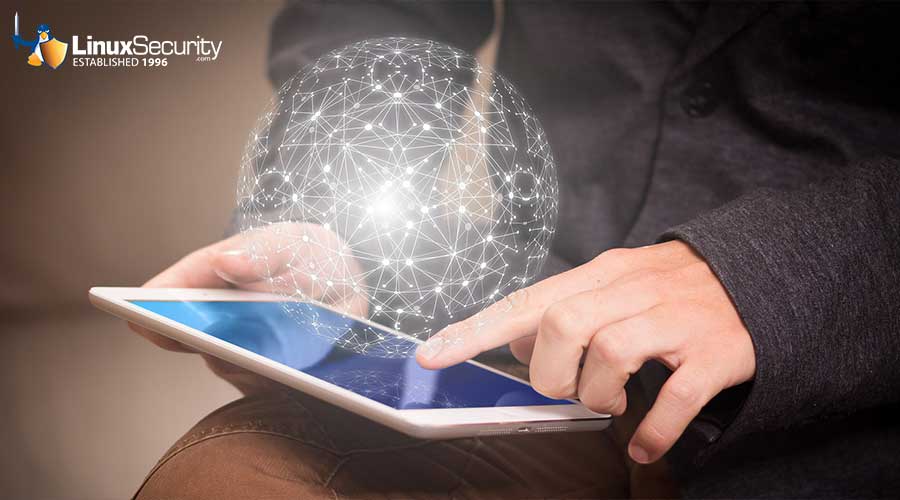Making the VPN connection
But this unseen extension to the enterprise network is in the midst of a major technology shift -- the biggest since the mid-'90s, when VPNs first provided inexpensive Internet alternatives to carriers' proprietary private networks. For years, software solutions based on IPSec have ruled VPNs. But new SSL appliances are changing all that.
Tried-and-true IPSec provides a layer 3 VPN solution that terminates at the firewall and grants remote users access to the entire network. On each remote computer, a client must be installed and configured -- either third-party software (typically licensed from a network hardware vendor) or a client built into the operating system, such as L2TP (Layer 2 Tunneling Protocol) and PPTP (Point-to-Point Tunneling Protocol) in Windows 2000 and XP.
SSL solutions, on the other hand, operate at the application level and terminate at an appliance inside the firewall. Network administrators use the box to control user access application by application in conjunction with network authentication and authorization services. And because SSL is browser-based, users can log on securely with a Web browser using almost any device.
The link for this article located at InfoWorld is no longer available.
























